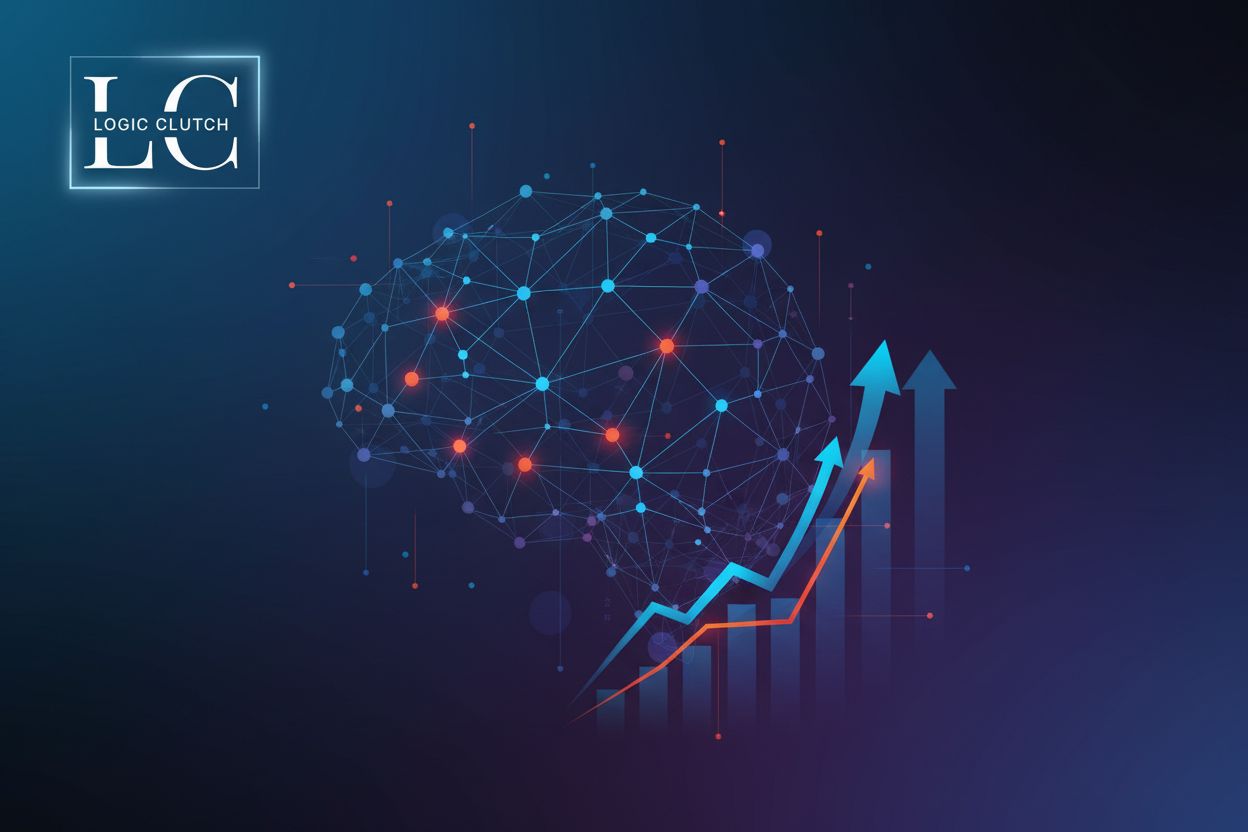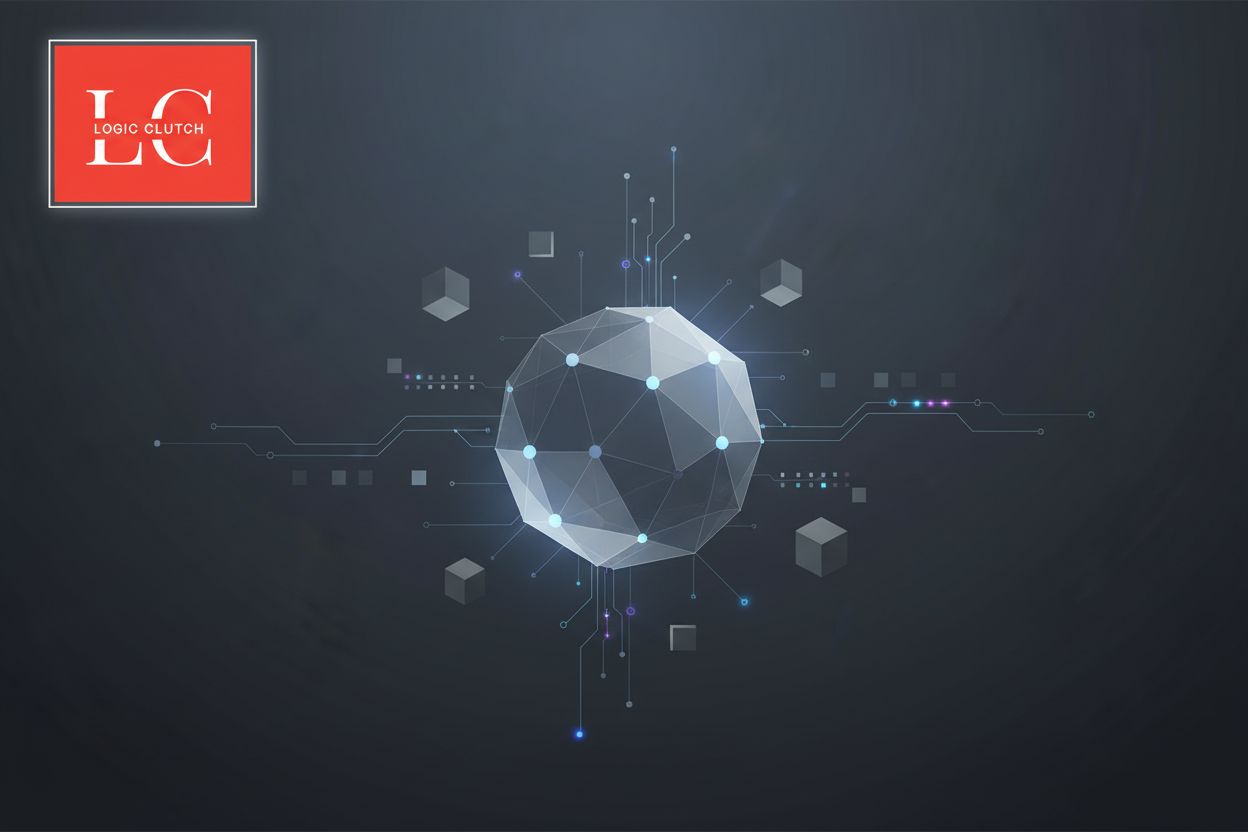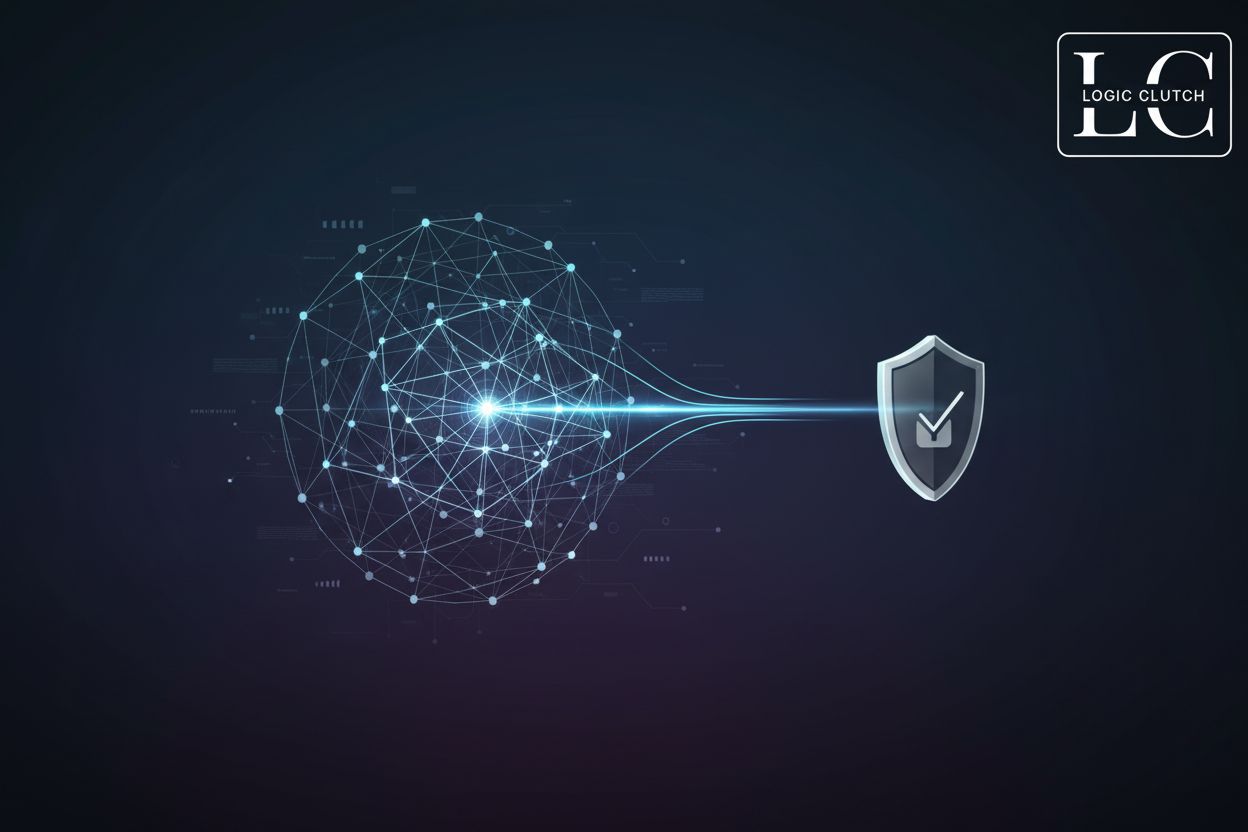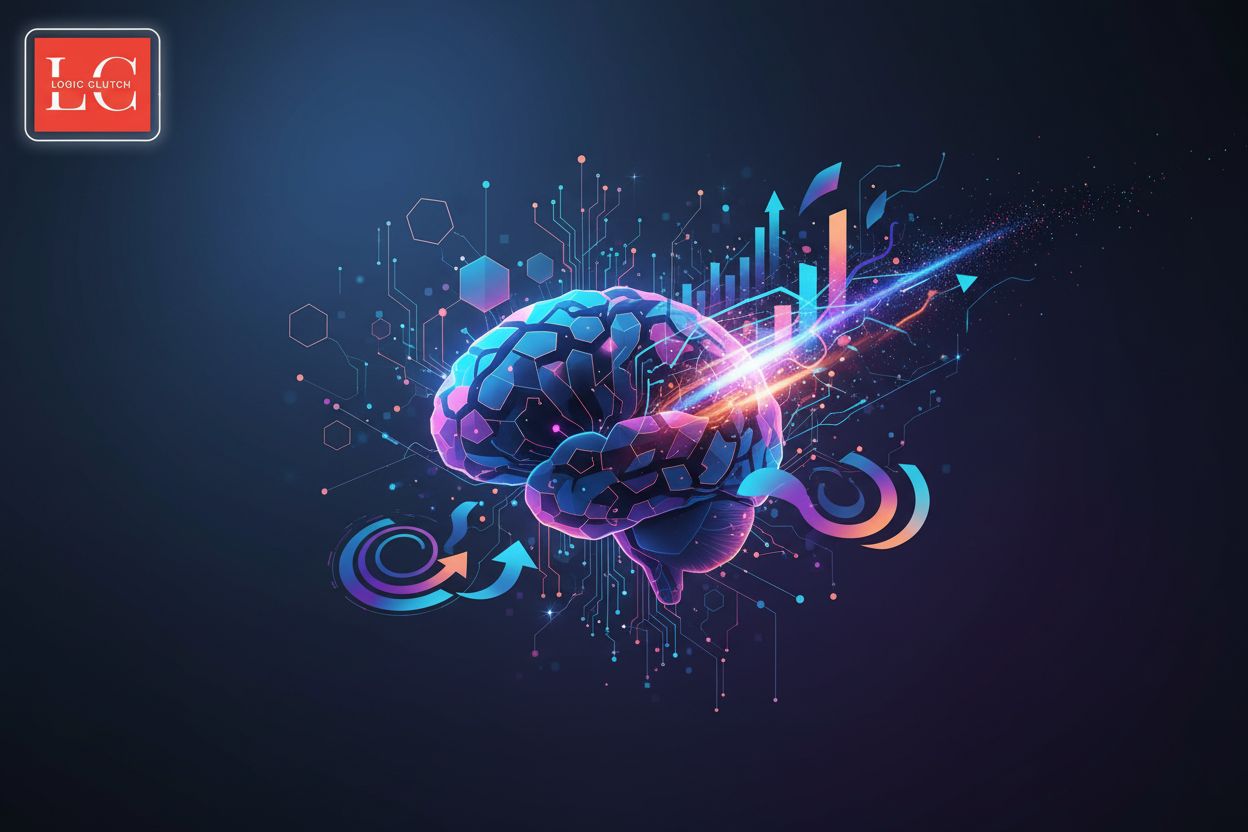Revolutionizing Software Development: AI-Powered Debugging Techniques
TL;DR
The Evolution of Debugging: From Manual Processes to AI-Driven Solutions
Debugging, once a painstaking manual task, now stands on the cusp of a dramatic transformation. AI is poised to revolutionize how software developers identify and resolve errors.
Traditional debugging relied on manual code reviews, print statements, and debuggers. Developers spent countless hours stepping through code, line by line, to locate the source of errors. This process was time-consuming and resource-intensive.
Early automated debugging tools offered some relief by automating tasks such as syntax checking and memory leak detection. These tools improved efficiency and accuracy, but they still required significant manual effort to interpret results and implement fixes.
AI is transforming debugging through automated detection, prediction, and intelligent fixes. Workik offers context-aware AI debugging, which can catch elusive errors with pinpoint accuracy. Functionize highlights that generative AI can be trained on vast amounts of code and known bugs to identify patterns and anomalies.
AI-powered tools analyze code, predict potential issues, and even suggest fixes, streamlining the debugging process. This shift promises increased productivity and improved software quality.
As AI capabilities continue to advance, the future of debugging looks brighter than ever. The next section will explore specific AI-powered techniques that are revolutionizing software development.
Core AI-Powered Debugging Techniques
Imagine debugging code with the help of a super-smart assistant who knows every trick in the book. AI-powered debugging is quickly making this a reality, transforming how developers find and fix errors. Let's dive into some core techniques that are driving this revolution.
AI algorithms can scan code and spot anomalies that traditional methods might miss. These tools use pattern recognition to identify potential bugs, improving accuracy in the process. For example, in the financial sector, AI can detect irregularities in transaction processing code that could lead to fraud or errors.
- Anomaly Detection: AI algorithms analyze code for unusual patterns that deviate from established norms.
- Pattern Recognition: AI identifies common bug patterns and flags similar issues in the code.
- Improved Accuracy: AI-driven tools reduce false positives, allowing developers to focus on real issues.
Machine learning can predict potential issues before they even occur. By analyzing code complexity, developer experience, and historical data, AI can foresee where bugs are likely to emerge. This proactive approach helps companies reduce risk and solve problems before they escalate.
Analyzing code complexity, developer experience, and historical data.
- Code Complexity Analysis: AI assesses the intricacy of code to identify error-prone areas.
- Developer Experience Insight: AI considers the experience level of the developer to predict potential mistakes.
- Historical Data Analysis: AI learns from past bugs to anticipate future issues.
These AI-powered techniques can dramatically improve the debugging process. The next step? Intelligent code optimization.
Practical Applications and Real-World Examples
AI-powered debugging isn't just a futuristic concept; it's actively reshaping software development today. Imagine cutting debugging time in half while improving code quality. Let's explore some real-world applications and examples of how AI is making this possible.
Many companies now use AI to debug their code, leading to significant improvements. These AI tools catch errors faster and more accurately than traditional methods. This shift results in saved time, reduced errors, and improved overall software quality.
- In financial services, AI algorithms analyze transaction processing code for anomalies that could indicate fraud or errors. For example, AI can detect unusual patterns in transaction amounts or frequencies, flagging them for further investigation.
- The healthcare sector uses AI to ensure the accuracy of medical record systems and prevent errors in patient data. AI can identify inconsistencies or missing information, improving data integrity and patient safety.
- Retail companies employ AI to debug their e-commerce platforms, ensuring smooth transactions and preventing website crashes during peak shopping periods. AI can analyze website traffic patterns and predict potential bottlenecks, allowing for proactive optimization.
AI debugging tools aren't limited to a single language; they adapt to various coding environments. From JavaScript to Python, AI tools offer solutions for many programming languages and frameworks. This versatility makes AI debugging accessible to a broad spectrum of developers.
- JavaScript and Python: AI tools analyze code for common errors, suggest fixes, and even generate unit tests. Workik supports JavaScript, Python, and other languages, offering context-aware debugging.
- Java and C#: AI algorithms detect memory leaks, performance bottlenecks, and security vulnerabilities.
- Framework-specific solutions: AI tools are available for frameworks like Django and React, providing tailored debugging support.
Integrating AI debugging into CI/CD pipelines automates testing and deployment, improving code quality. This ensures continuous code quality and reduces manual intervention. The result? Streamlined workflows and faster release cycles.
AI-powered tools analyze code changes, run tests, and identify potential issues before they reach production. This proactive approach minimizes risks and ensures stable releases.
What's next? We will explore how to integrate AI debugging into CI/CD pipelines to automate testing and deployment.
Benefits and Challenges of AI-Powered Debugging
AI-powered debugging promises to make developers' lives easier, but it's not without its hurdles. Let's break down the key advantages and potential challenges that come with this technology.
One of the most significant benefits is the boost in developer productivity. AI can automate repetitive tasks, freeing up developers to focus on more complex challenges.
- Automating repetitive tasks: AI handles mundane tasks like syntax checking and basic error detection.
- Reducing debugging time: AI slashes debugging time by quickly pinpointing the root cause of errors.
- Enabling developers to focus on innovation: By handling routine tasks, AI allows developers to dedicate their time to innovation and creative problem-solving.
AI-powered debugging also leads to higher code quality and reliability. By catching errors early and often, AI helps ensure that software is more stable and performs as expected.
- Fewer bugs and vulnerabilities: AI algorithms can identify potential bugs and vulnerabilities that might be missed by human reviewers.
- More stable and efficient software: AI helps optimize code for performance and efficiency, leading to more stable software.
- Improved user experience: Higher code quality translates to a better user experience with fewer crashes and errors.
Despite its advantages, AI-powered debugging presents some challenges and considerations. Organizations need to be aware of these potential drawbacks before fully adopting AI in their debugging workflows.
- Initial investment and integration costs: Implementing AI debugging tools can require a significant initial investment.
- Need for skilled personnel to manage AI tools: Managing and maintaining AI-driven debugging tools requires skilled personnel who understand both software development and AI.
- Ethical considerations and potential biases: AI algorithms can be biased based on the data they are trained on. Ensuring fairness and transparency is crucial.
While AI offers tremendous potential for debugging, it's important to weigh the benefits against the challenges. Next, we will explore how to integrate AI debugging into CI/CD pipelines to automate testing and deployment.
Future Trends and Innovations in AI Debugging
The future of debugging isn't about fixing errors; it's about preventing them. As AI evolves, it's poised to revolutionize how we approach software development.
One significant trend is AI-driven code repair. Imagine AI automatically identifying and fixing code errors without manual intervention. AI algorithms can suggest and implement code changes, dramatically reducing the need for developers to spend time on debugging. For example, in critical systems like air traffic control, AI could ensure continuous operation by autonomously correcting errors.
Another exciting innovation is predictive maintenance. By analyzing code and system behavior, AI can predict potential software failures and performance issues. This proactive approach allows for timely maintenance, preventing downtime and optimizing resource allocation. For instance, in e-commerce, AI can forecast website traffic surges and preemptively adjust server capacity to maintain performance.
AI-driven predictive maintenance can significantly reduce downtime and costs.
AI agents may facilitate better teamwork by understanding project requirements, assigning tasks, and improving communication among developers. AI can analyze project needs and suggest optimal team compositions, improving overall productivity.
As AI capabilities expand, expect even more integration into the software development lifecycle. In the next section, we'll summarize the key points and discuss the overall impact of AI on software debugging.
Conclusion: Embracing AI for Superior Software Development
AI-powered debugging is no longer a futuristic dream, but a tangible reality transforming software development. How can tech leaders embrace this revolution to achieve superior software development outcomes?
AI-powered debugging offers many benefits. These include automated anomaly detection, predictive error analysis, and intelligent code repair. These techniques combine to boost developer productivity and improve code quality. In the healthcare sector, AI ensures the accuracy of medical record systems. In financial services, AI algorithms detect anomalies in transaction processing code.
Tech leaders should actively embrace AI-powered debugging to stay competitive. Integrating AI into CI/CD pipelines automates testing and deployment. Workik enhances team collaboration on debugging tasks. These integrations streamline workflows and reduce manual intervention.
By 2028, 33% of enterprise software will contain agentic AI capabilities, allowing 15% of day-to-day decisions to be made autonomously (SD Times).
To realize these benefits, organizations must invest in skilled personnel and address ethical considerations. Ensuring fairness and transparency in AI algorithms is vital.
AI is transforming software development. It enhances productivity, improves code quality, and enables proactive problem-solving. As AI capabilities continue to advance, expect even greater integration into the software development lifecycle. Embracing AI is essential for achieving superior software development outcomes.







